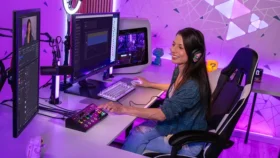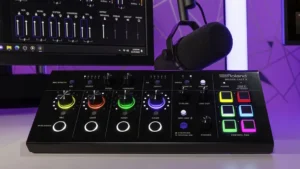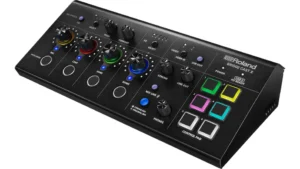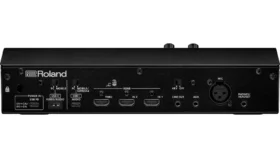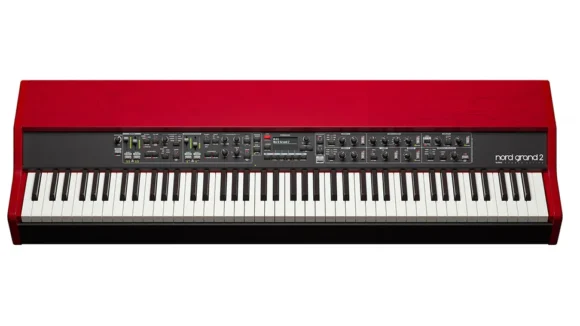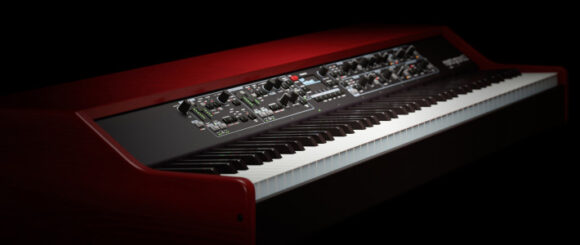Arturia Updates Pigments 5 Polychrome Software Synthesizer – Here’s What’s New
Arturia updates Pigments with a revamped sequencer, new presets, wavetables and samples – and you can now use its effects to process sounds from your DAW.
2024 NAMM Show: Today, Arturia has released Pigments 5, the latest version of their ‘Polychrome’ software synthesizer.
Compared to previous iterations, Pigments 5 the most exciting new feature here is a revamped sequencer. This adds a variety of new creative tools, including a one-click generative mode that will create a random sequence, as well as new playback options. In addition, Pigments can now save and recall sequence presets separately, allowing users to easily mix and match preset sounds and sequences.
Another interesting addition is the ability to process external sounds using Pigments’ Utility Engine. The broad and powerful range of processors included in the synth’s highly customisable effect engine has long been one of the instrument’s highlights, so having the ability to process sounds from your DAW is likely to add considerably to its appeal.
The other significant upgrade is one hidden under the hood: Pigments now utilises multi-core processing, which Arturia says will result in greater CPU efficiency.
Beyond this, Arturia has also tweaked the design of the simplified Play Mode view, which was first added with version 4. This offers an approachable, surface-level interface for the instrument – ideal for preset browsing. It’s now updated with a smarter look and better waveform visualisation.
Arturia has also added a significant amount of new sound content, adding 100 new presets as well as new stock wavetables and samples. There are also three new add-on sound packs available.
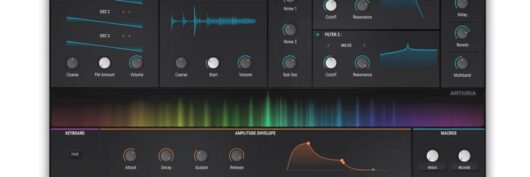
New in Arturia Pigments 5:
- Reduced CPU consumption – Pigments now utilizes multi-core processing for greater CPU efficiency, allowing more users to explore this powerful softsynth with ease.
- Process any audio with Pigments – You can now process external audio in Pigments from the Utility engine, by routing the sound to the instrument through the track sidechain input. Additional FX routing options have also been integrated.
- Updated interface – Pigment’s refreshed interface includes an improved play view, with new visualisers and other UX enhancements.
- Generative sequencer – featuring one-click sequence generation and new play modes, as well as saveable presets and sequence browsing.
- New curated content and sounds – a selection of 100 new factory presets, alongside new wavetables and samples in Pigments 5, comprising more than 1500 sounds.
The Pigments 5 is free to existing users. Find out more on Arturia website.
